Barbacoa and carnitas are two classics of traditional Mexican food. Chances are, if you love eating tacos, burritos, enchiladas, etc., then you’ve had both of them many times.
Known for their deep flavor that comes from slow cooking, barbacoa and carnitas have many similarities. So you might be asking yourself what is the difference between barbacoa and carnitas? Well we’ll break them down for you here as well as provide you with some great recipes.
Barbacoa
Barbacoa is as much a cooking process as it is a dish. Going back hundreds of years, it is traditionally cooked with low heat in an underground pit for many hours. Sound familiar? That’s because the word barbacoa literally translates to barbecue, and modern methods have evolved from this process.
Today, barbacoa has transformed into many things held together with a common thread. Starting with the type of meat, you could use beef, goat, lamb, or a mixture. (Cochinita pibil, a Yucatán barbecued pork dish, is also closely related to both barbacoa and carnitas.)
The important thing here is to choose a cut of meat with enough fat that supports low and slow cooking. If you’re making beef barbacoa, then chuck roast would be your top choice. The goal here is as the meat slowly cooks, the fat and connective tissue breaks down, causing the meat to be juicy and easily shredded.
Although traditional barbacoa is cooked in a pit wrapped in banana leaves, its cooking method can vary as many of us don’t have that option or the time. A Dutch oven, slow cooker (crock pot), and instant pot are good options. You could even use a roasting pan or pressure cooker, though I wouldn’t recommend those.
Whatever vessel you choose, just remember it’s all about cooking the meat low and slow, ideally with indirect heat. Because of this, the oven is your best option for the heat source. It will allow you to control the cooking environment as much as possible, without temperature spikes that could lead to scorched food.
So what’s cooked with the meat? This also depends on the cooking style, cuisine, and what you have available. The wonderful thing about barbacoa is that it’s very flexible and will adapt to changing ingredients.
Whatever ingredients your recipe calls for, you’re likely to see common categories:
- Acid: lime juice, vinegar, or both.
- Aromatics: onions, garlic, etc.
- Chilis: dried, fresh, or both.
- Herbs & spices: cumin, juniper berries, oregano, etc.
- Liquid: typically some type of stock or water.
Interestingly, most barbacoa recipes do not call for the meat to be seared prior to adding the rest of the ingredients. This is actually fairly common in Latin American roasting recipes. It also makes it that much easier. Just toss all the ingredients in, get it to the right temperature, and wait. You know it’s ready when the meat shreds very easily.
Carnitas
For as many similarities as you’ll find between barbacoa and carnitas, you’ll also find as many differences. Translating to little meats, carnitas has a long history in Mexican cuisine, originating in the state of Michoacán. It’s exclusively made from pork (typically pork shoulder) cut into more manageable large chunks and braised for hours until it’s falling apart.
While the best cut of pork for carnitas is pork shoulder (same as pork butt or Boston butt), you’re able to use some accompanying cuts as well. Traditionally, lard is the fat of choice here, but some recipes also call for bacon or pork belly instead, letting the meat cook in its own fat. In these recipes, the fat is first rendered from these high-fat cuts before the rest of the ingredients are added.
Similar to barbacoa, carnitas can be made in similar vessels and either cooked on the stove top or in the oven for better heat control. And just as barbacoa, it’s all about low and slow. The meat also isn’t seared at the start of the recipe; just add in those ingredients.
And now for the accompanying flavors! Same as barbacoa, this varies in parts of Mexico and from recipe to recipe. But once again, there’s a similar thread holding them all together. I love to make it slightly different every time because that’s what keeps it interesting.
Once again, we return to our common categories:
- Acid: citrus juice, vinegar, or both.
- Aromatics: white or red onion, garlic, etc.
- Chilis: chipotle peppers in adobo sauce.
- Herbs & spices: cinnamon, bay leaves, cilantro, etc.
- Liquid: if added liquid is used here, it will be far less than in barbacoa.
Even though carnitas are not seared at the start of the recipe, it does not mean they lack crisp. At the end of the cooking time, you take the shredded meat and cook it with high heat, either under the broiler or on the stovetop, until the desired crisp is reached.
What is the difference between barbacoa and carnitas?
As you can see, the main difference between these two dishes is the type of meat used, though that could be a bit simplistic. With so many recipes from every culinary tradition, it’s the details that truly differentiate one dish from another. Just a change in the acid, the type of chilis, or the spices used could drastically alter the final product. And that’s where the true magic lies.
How to serve?
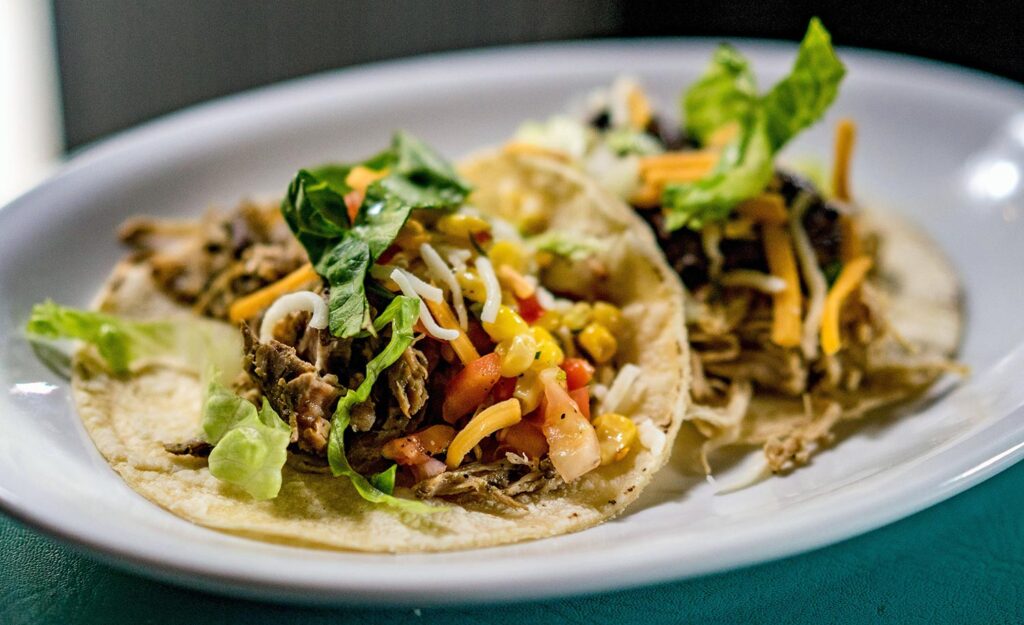
What also makes these two dishes wonderful is their versatility, and that’s one of their great similarities. Whether you’re making carnitas tacos, barbacoa tacos, or both, you’re going to need all the extras that go with it.
Though maybe you’re craving enchiladas or tortas. You still have some decisions to make. Depending on which great recipe you choose, you may want corn tortillas, sour cream, or refried beans. Making burrito bowls? Then you’ll need some beans and white rice.
You could also pair them with other meats as well for a medley. Al pastor tacos and fish tacos are a great accompaniment. Carne asada can also compliment these two low and slow flavors. Ever try a campechano taco? Made with flank steak, longaniza, and chicharrónes, it’s a must-try!
Recipes
I know you’re definitely ready to get cooking now! Here are some great recipes that we’ve used recently that all have some of those little differences mentioned above. Just jump right in and start cooking!
A tasty carnitas recipe with bacon and tomatoes.
https://www.bonappetit.com/recipe/bacon-y-carnitas-tacos
A different style of carnitas with orange and cinnamon. Try substituting the oil with lard!
https://cooking.nytimes.com/recipes/1023272-carnitas
A more involved barbacoa recipe with oxtail and dried chilis.
https://www.seriouseats.com/tender-beef-barbacoa-chipotle-tacos-recipe
A super simple barbacoa recipe.
https://www.howtocook.recipes/authentic-barbacoa-recipe
A slightly more complex barbacoa recipe with instructions for a slow cooker and instant pot.
https://realsimplegood.com/beef-barbacoa

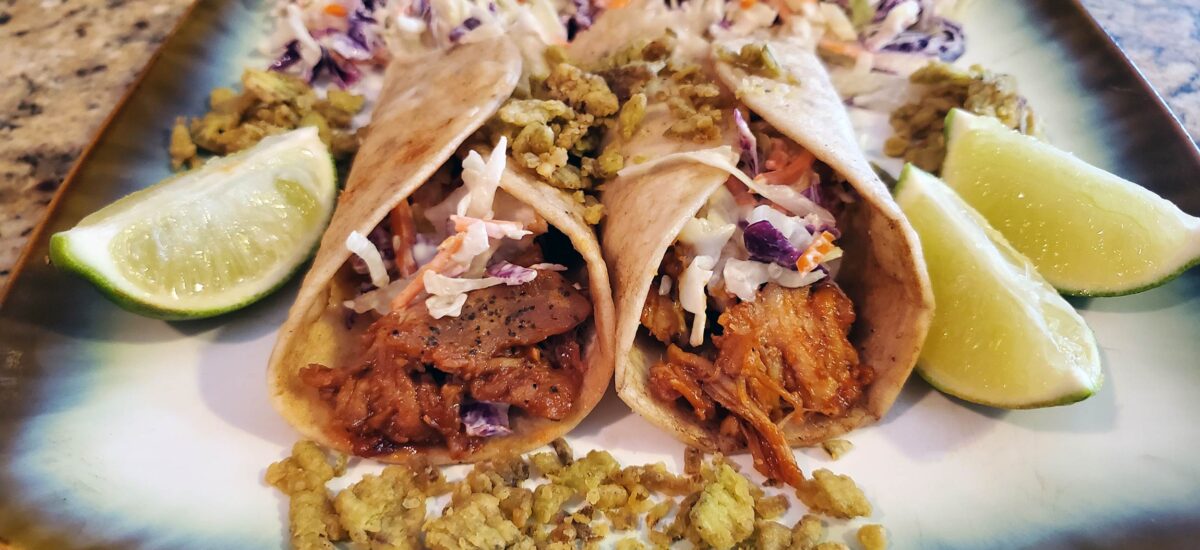

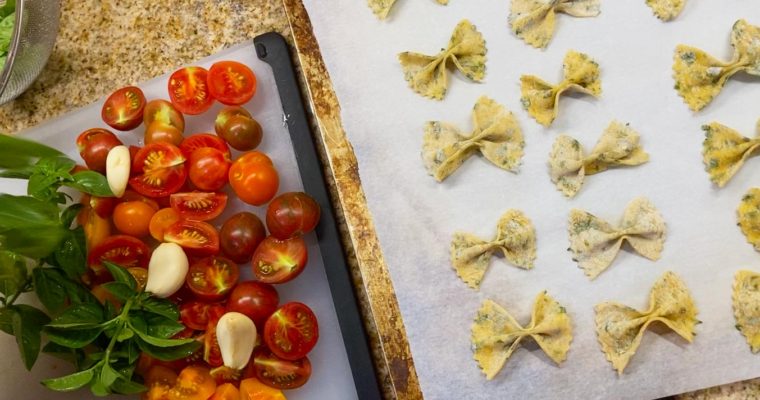
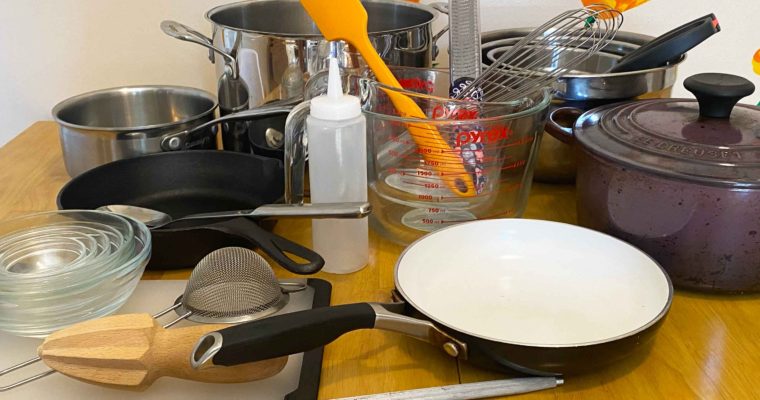
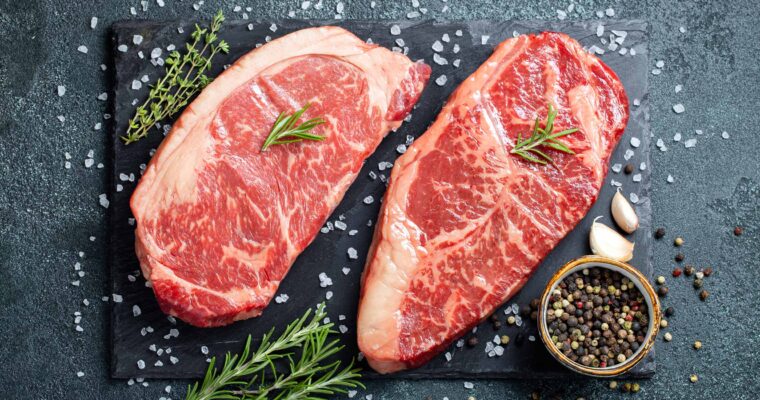
1 thought on “What is the Difference Between Barbacoa and Carnitas?”